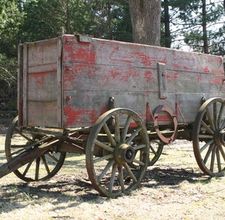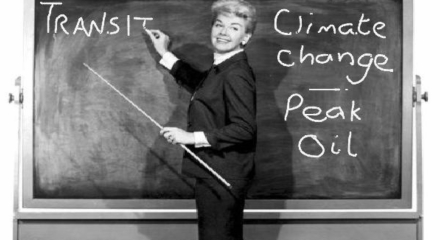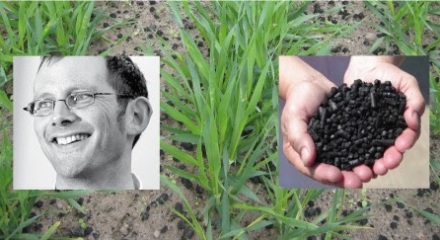How long will our oil last?
GIVEN that the Earth’s endowment of oil is about 3 trillion barrels AND GIVEN that current production is 85 million barrels a day IF world consumption remains at this level CALCULATE how many years we can continue to use oil. Further work GIVEN that the world population is 6.7 billion in 2010 IF world population … Continue reading
From lawns to kitchen gardens – what effect would that have?
BACKGROUND There is a lot of talk about resilience – that is the ability of a system to withstand hard challenges. Many experts say that a resilient system is one where there are three ways of doing things. In this post we look at the food system. Most countries only have one way of getting … Continue reading
Environmental impact of electricity generation
UPDATE: This challenge has updated figures. BACKGROUND: We have committed to the Paris agreement but we have invested in fossil fuel powered electricity generation, meaning emissions are rising. GIVEN: Total electricity consumption is 28 000 TWh per year. (https://www.iea.org/reports/electricity-information-overview) 66% of the world’s electricity comes from fossil fuel burning. For each GWh the plants produce … Continue reading
Environmental impact of vehicles
Background: We have committed to the Paris agreement but we have invested in fossil fuel powered vehicles. And are still making them, meaning the emissions are rising. Given: There are one billion passenger cars in operation on the Earth. Each car emits 4.6 metric tons of CO2 a year. There are 330 000 commercial vehicles … Continue reading
How far do I have to drive my car to use as much energy as it took to make it?
Many people forget that cars do not only burn fossil fuel, they need a lot to manufacture them. It would be useful to consider actually how much they need to manufacture considering many are talking about creating new electric cars to replace fossil ones. The following might help shed some light. GIVEN: A car manufacturer … Continue reading
Demonstrate and bury biochar as well
A nice little problem from friend and mentor Folke Gunther: Why demonstrate and say ‘Politicians, Do Something’? Says Folke: I suggest you demonstrate and then bury one kilo of biochar in your garden or wherever you can bury it If all the climate protesters buried a kilo of carbon each, that would at least make … Continue reading
Energy Slaves
Suppose we imagine all the energy we use that is not produced by our own muscles as energy slaves. This is what Buckmaster Fuller did. To understand his thinking better, visit this entertaining and informative comic strip by Stewart MacMillan. And then try the questions.
The price of carbon according to Swedish taxation levels
GIVEN: The Swedish government levies a CO2 tax on petrol at 2.62 kr per liter. GIVEN: A liter of petrol produces 2.315 kg of carbon dioxide. GIVEN: Carbon dioxide consists of three atoms: one carbon atom (12) and two atoms of oxygen (16 each) giving an atomic weight of 44. CALCULATE: The cost per kg … Continue reading
How much biochar do I need to bury actually?
Rob Hopkins – co-founder of Transition Towns – has been to Sweden and a publicity event was arranged to effectively remove carbon dioxide from the atmosphere by burying biochar. Here are some Maths Challenges around Biochar and emissions.
If the world were a village
There is a theory that we feel best when in smaller groups of about 200 people. Tribes in the jungle split when they get over 200. Corporations limit the size of units to 200. This maths problem asks if it is possible to organise the world in groups of 200 that send representatvies to groups … Continue reading




